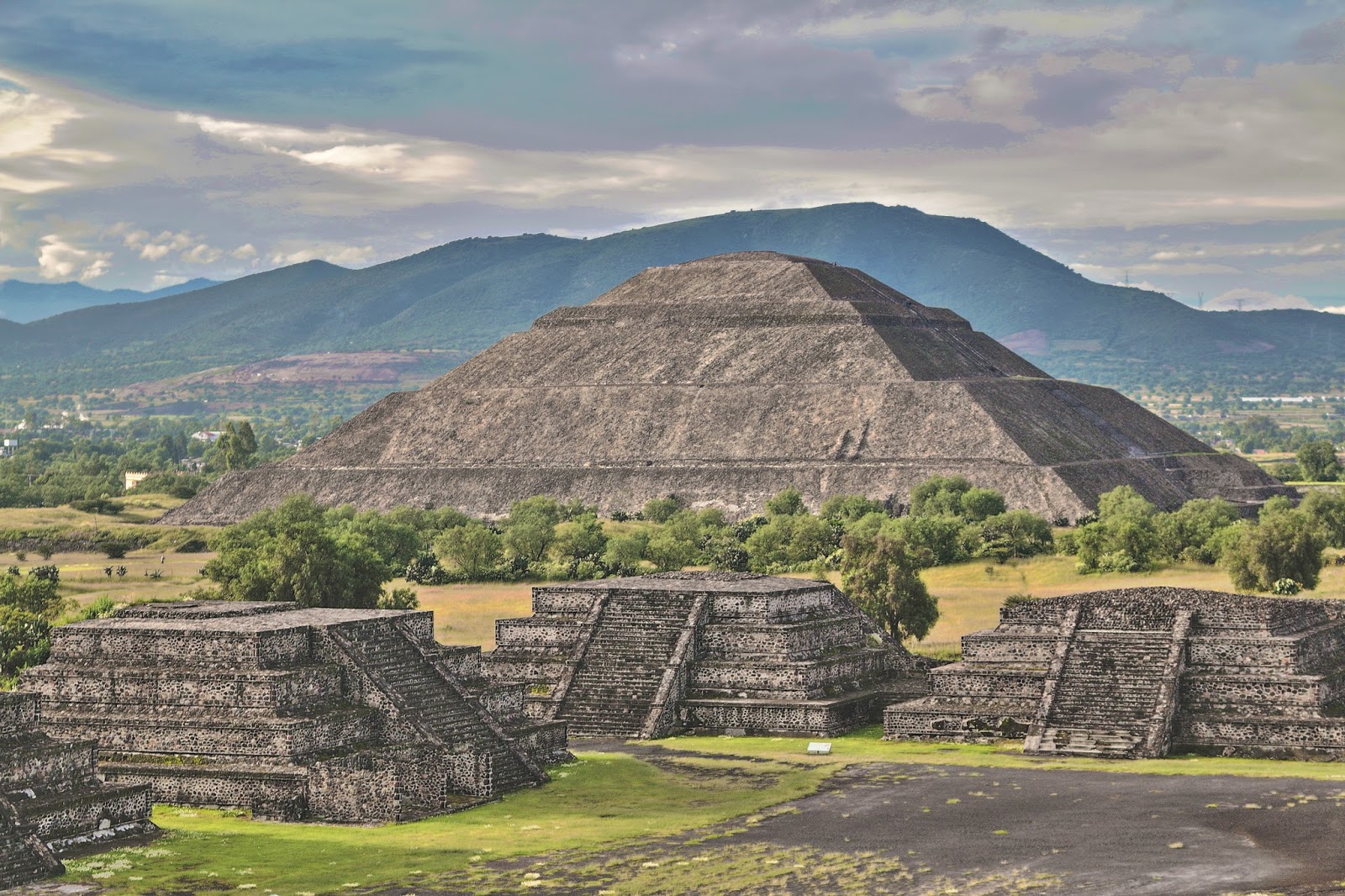
Getting Started
Taking up a religious practice based on the gods and beliefs of the pre-Hispanic Mexica is open to everyone, with a few caveats. Indigenous Mexicans are still around, and number in the millions; they still carry on many of the traditions of their ancestors, albeit in modernized, or sometimes Catholicized, forms. We want to give these cultural practices a wide berth, and the respect they are due. This is why we only take inspiration from older sources, from a time when the religion was not under ideological attack from the West, and not contorted to resist this threat.
In addition to the region's sensitive history, much of Mesoamerican thought is quite different from what a non-Indigenous Westerner or Western pagan might have come to expect of the ancient religious traditions they might be more familiar with. The cosmology is very different; the metaphors, symbols, and animals are very different. These things shape the way the gods have appeared to the Mexica, as well as how the people related to them and each other. We encourage everyone looking to incorporate the Teteo into their lives to do their homework about the world the Mexica and so-called Aztec built and lived in, perhaps moreso than other paths.
However, if you're committed, you'll find the Teteo very easy to work with and/or worship. Contrary to what the history books might have you believe, most modern experiences of the Teteo are loving, gentle, affirming, and patient; far from the bloodthirsty and malevolent supernaturals that the Spanish friars wanted to depict!
Below are some of the first steps we recommend to the novice seeker:
- Learn to pronounce their names. While the traditional transliteration of Nahuatl words into alphabetic characters can look intimidating (and some of the spelling conventions can make some words and names appear very long), Nahuatl pronunciation is actually quite straightforward once you get the hang of it. We've included pronunciation tips with deity names to help newcomers, though some things, like syllable stress, and the infamous "tl" consonant, can take some practice. (Here's a thorough video of how to pronounce "tl".)
- Read the myths. Though not all Teteo have myths that have been preserved to the modern day, reading the available material will help you see how the Mexica understood and experienced their divinities in a broad sense. Also, there is no "canon", so any Indigenous source should be considered true and correct, even if different stories contradict each other. For recommended texts, see the Further Reading page.
- Find a quiet moment and pray. Once you know that this is right for you, set aside some time in a quiet spot, indoors or outdoors, and reach out to them. Introduce yourself, let them know that you would like to get to know them better, and thank them for the blessings that are already present in your life. You may light a candle or offer some incense if you have some; first introductions can be as simple or as elaborate as you'd like. See the Offerings page if you feel moved to give something.
- Read some more! There's still more homework to do. Don't just focus on reading about the Teteo, though. Educate yourself on the cultures of Mesoamerica, the cosmologies, the history of the Conquest, and the modern-day Indigenous peoples of Mexico, some of whom still keep many of the traditions of their forebears. If you have Indigenous Mexican ancestry, try to do a little digging into who your ancestors were and where they lived, maybe learn a few words in their language.
- The rest is up to you. Whether you want to build a comprehensive religious practice, dedicate space in your home to a shrine or altar, or just incorporate some observances and beliefs into your already existing practice, it's between you and the divine. There are many different ways to practice, many different ways to pay honor to the Teteo, and many ways to relate to them. Just be sure to do it honestly and respectfully.
